I have a Xamarin.Forms app with FreshMvvm, and am trying to use secondary ToolbarItems. Here is a part of my PageModel code:
public override void Init(object initData)
{
CurrentPage.ToolbarItems.Add(new ToolbarItem() { Text = "About LATICRETE", Command = AboutCommand, Priority = 0, Order = ToolbarItemOrder.Secondary });
CurrentPage.ToolbarItems.Add(new ToolbarItem() { Text = "Call LATICRETE", Command = CallCommand, Priority = 0, Order = ToolbarItemOrder.Secondary });
CurrentPage.ToolbarItems.Add(new ToolbarItem() { Text = "Email Technical Support", Command = EmailTechSupportCommand, Priority = 0, Order = ToolbarItemOrder.Secondary });
CurrentPage.ToolbarItems.Add(new ToolbarItem() { Text = "Visit LATICRETE Website", Command = VisitWebsiteCommand, Priority = 0, Order = ToolbarItemOrder.Secondary });
For Android, after pressing the hamburger button, the menu looks like I expect:
But at iPhone, it is quite different:
As you can see, there is no hamburger button, and all the ToolbarItems are placed horizontally next to each other, and as they do not fit withing the width of the screen, they overlap. I realize that this is the normal behavior for iOS, and yet it is not acceptable for me. Is there any way to fix it?




